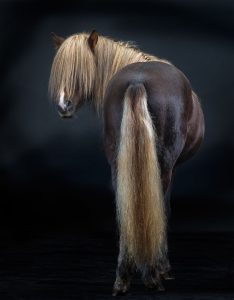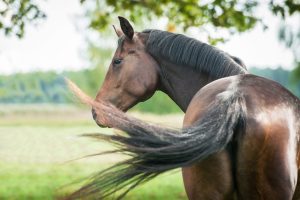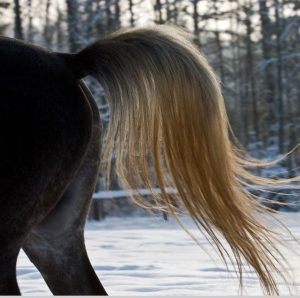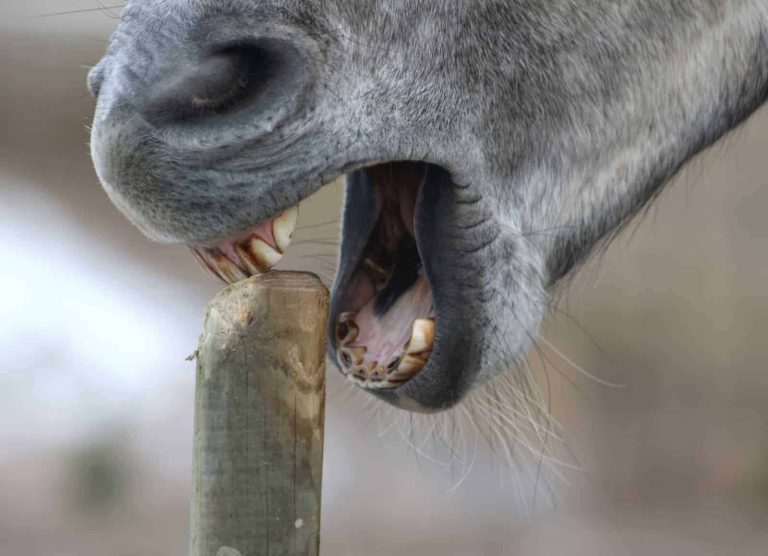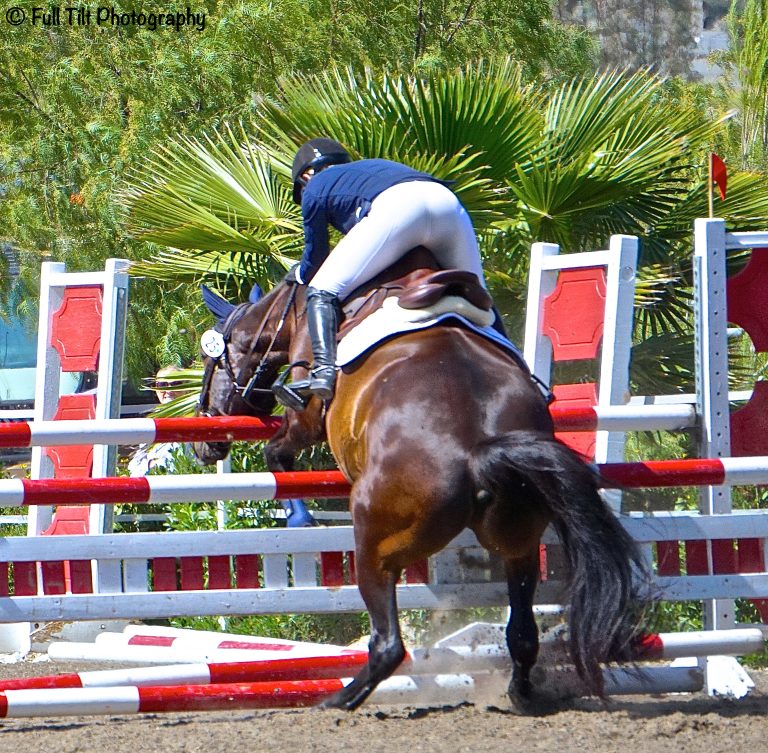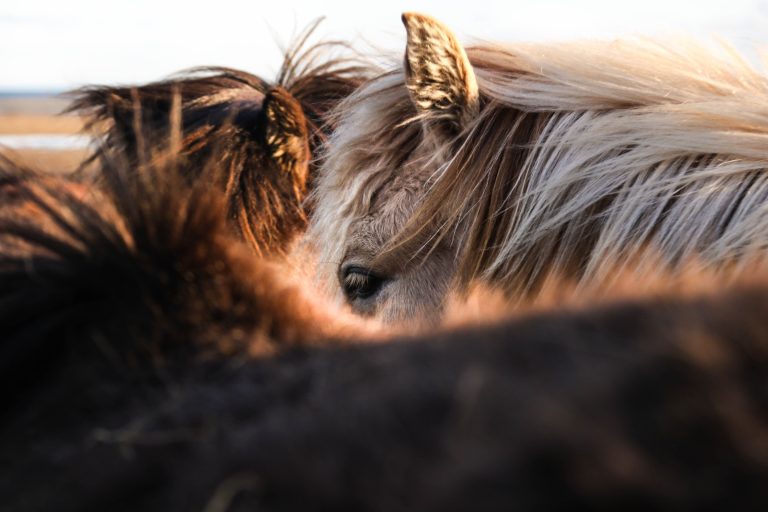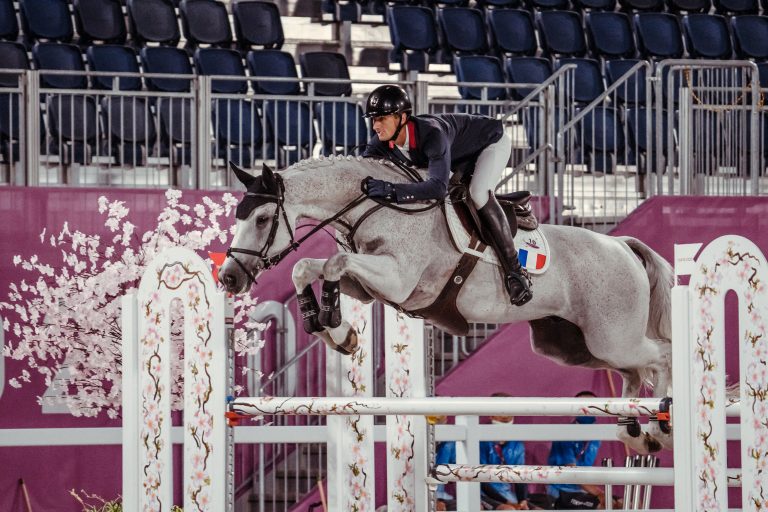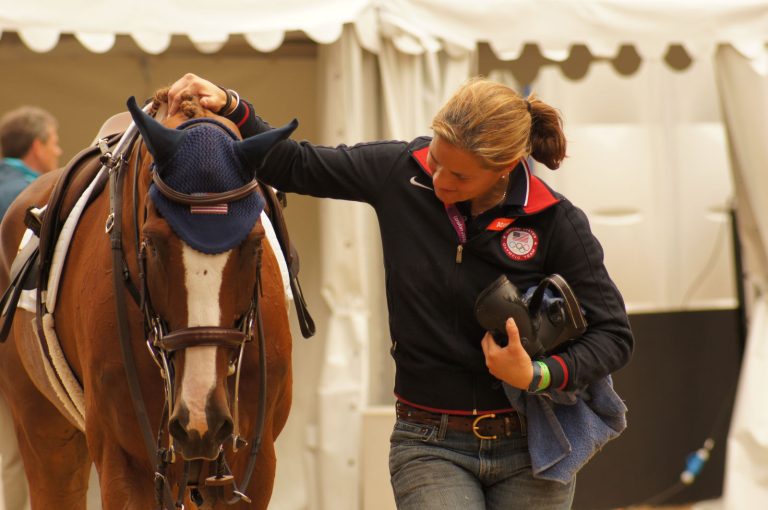Have you ever wondered why horses have such long and flowing tails? Well, let’s uncover the mystery together! The purpose of a horse’s tail goes beyond just being a beautiful feature. It serves multiple essential functions, from maintaining balance to communicating with other horses. Get ready to explore the fascinating world of equine tails and discover the importance they hold in a horse’s life.
Table of Contents
ToggleProtection
First Layer of Defense
A horse’s tail serves as the first line of defense against insects and other irritants. With its long and flowing mane, a horse can flick away pesky bugs, protecting its sensitive skin from painful bites. This natural swatting motion not only helps to keep the horse comfortable but also prevents potential infections caused by insect bites.
Flicking Away Insects
Insects, such as flies and mosquitoes, can be a nuisance to horses. With their sharp mouthparts capable of puncturing the skin, these tiny pests can cause great discomfort to our equine friends. Thankfully, a horse’s tail is adept at flicking away these insects, minimising their presence and reducing the risk of bites.
Shielding Vulnerable Areas
Horses have vulnerable areas, such as their eyes and lower belly, which are prone to irritation and potential injury. The long hair of a horse’s tail acts as a shield, providing additional protection to these sensitive areas. Whether it’s swatting away pesky flies near the eyes or providing a barrier against biting insects near the belly, the tail serves as a natural defense mechanism.
Communication
Visual Signals
A horse’s tail is a powerful visual communication tool. It can convey a range of emotions and intents, helping horses interact with each other and with humans. For example, a high-held, stiff tail is often a sign of alertness and anticipation, while a relaxed and loosely-held tail indicates a calm and contented state. By observing a horse’s tail, you can gain insights into its emotional well-being.
Tail Position and Movement
The position and movement of a horse’s tail can communicate a variety of messages. When a horse is excited or in an aggressive state, it may flag its tail, raising it high in the air. On the other hand, a tucked tail can indicate fear or submission. Swishing or swaying of the tail can also indicate discomfort or irritation, alerting us to potential problems the horse may be experiencing.
Individual Recognition
Just like fingerprints for humans, the appearance of a horse’s tail is unique to each individual. The particular shape, colour, and length of a horse’s tail can help identify specific horses in a herd or distinguish them from one another. This individuality allows horses to establish connections, recognize their companions, and foster social bonds within a group.
Balance and Coordination
Counterbalance
The tail plays a crucial role in helping a horse maintain balance while in motion. Acting as a counterbalance, it helps to keep the horse steady and stable during sudden movements, turns, and jumps. A horse’s ability to navigate various terrains is greatly enhanced by the coordination between its tail and other body parts.
Enhanced Manoeuvreability
With its remarkable flexibility and strength, a horse’s tail contributes to its overall manoeuvreability. Whether it’s swiftly changing directions or making tight turns, the tail assists in maintaining proper body alignment and providing additional stability. This enhanced manoeuvreability allows horses to adapt to different environments and excel in various equestrian disciplines.
Navigating Different Terrains
Horses encounter a wide range of terrains, from smooth pastures to rocky trails. The tail acts as a natural guide, aiding the horse in navigating such diverse landscapes. The subtle movements and adjustments of the tail help to keep the horse balanced and prevent slips or stumbles. In challenging terrains, the tail becomes even more vital in ensuring the horse’s safety and efficient movement.
Thermoregulation
Temperature Regulation
Regulating body temperature is crucial for a horse’s overall well-being, and its tail plays a significant role in this process. By allowing air to flow between its hairs, the tail acts as a natural cooling mechanism, especially during hot weather. It helps dissipate excess heat, allowing the horse to maintain a comfortable body temperature even in the harshest of conditions.
Sweat Distribution
During physical exertion or in warm weather, horses sweat to cool down. The tail aids in the distribution of this sweat, ensuring it is evenly spread across the body. This helps the horse’s thermoregulatory system to function efficiently, preventing overheating and reducing the risk of heat-related ailments.
Fluffy Winter Insulation
In colder climates, a horse’s tail becomes an essential tool for insulation. The thick and fluffy winter coat that develops on a horse helps keep it warm during chilly months. The tail, with its long and dense hair, acts as a natural barrier, providing additional warmth to the horse’s hindquarters. This winter insulation helps horses endure the cold and stay comfortable during harsh winter conditions.
Reproduction
Courtship Rituals
The tail plays a significant role in courtship rituals and mating behaviours among horses. During courtship, a mare may raise her tail to signal her willingness to mate, while the stallion may display an arched or elevated tail as a sign of his interest. These intricate displays and movements of the tail serve as communication tools, helping to establish reproductive connections between horses.
Indication of Sexual Readiness
Female horses, or mares, exhibit specific tail behaviours and postures to indicate their sexual readiness. One such behaviour is the “winking” of the vulva, where the mare slightly raises and lowers her tail to reveal her readiness for breeding. This movement of the tail, along with other visual and olfactory cues, helps male horses, or stallions, recognize the mare’s availability for reproduction.
Display of Dominance
In herd dynamics, the position and movement of a horse’s tail can also signify dominance or submission. A dominant horse may raise its tail high, displaying confidence and asserting its authority, while a submissive horse may tuck its tail or hold it low against its hindquarters. These tail postures help maintain social order within the herd and minimise conflicts.
Social and Herd Dynamics
Establishing Hierarchy
Within a herd, horses establish a hierarchical structure, and the tail plays a role in establishing and maintaining this social order. A dominant horse often exhibits a high-held tail, showing its assertiveness and authority over others. Subordinate horses may hold their tails lower or even tucked, demonstrating their lower rank within the group. Observing the position and movement of a horse’s tail can provide insights into its role within the herd.
Bonding and Play
Horses engage in social bonding and play, and the tail contributes to these intricate interactions. During bonding moments, horses may rub their tails together, creating a shared grooming experience. Playful behaviours, such as tail-wagging or tail-chasing, serve as social and joyous expressions within the horse community. The tail becomes an essential part of these bonding rituals, fostering relationships and creating a sense of camaraderie.
Warning Signals
In group settings, horses rely on subtle body language and tail movements to communicate potential threats or dangers. When a horse senses danger, it may hold its tail high and stiff, alerting others to be cautious. This warning signal helps the entire herd take appropriate measures to ensure their safety. By paying close attention to these tail signals, horses can effectively communicate and protect one another.
Grooming
Combing for Cleanliness
Horses are naturally clean animals and take great pride in their appearance. Their tails play a crucial role in self-grooming, allowing them to remove dirt, debris, and tangled hairs. Using their mouths and teeth, horses carefully comb through their tails, keeping them clean and presentable.
Removing Debris
Throughout the day, a horse’s tail may come into contact with various environmental elements, such as leaves, twigs, or mud. These foreign objects can cause discomfort or irritation if left unattended. By swishing or wagging their tails, horses effectively remove unwanted debris, ensuring their tails remain clean and free from potential irritants.
Mutual Grooming and Bonding
Horses engage in mutual grooming to strengthen social bonds within a group. This grooming behaviour often involves horses using their mouths and teeth to gently nibble or groom each other’s tails. Through this intimate act, they establish trust, foster friendships, and reinforce social connections. Mutual tail grooming serves as a tactile expression of care and camaraderie within the horse community.
Physical Expression and Emotional State
Tail Swishing
Tail swishing is a common physical expression that horses use to communicate their emotional state. When a horse swishes its tail, it can indicate various emotions, such as irritation, anxiety, or discomfort. By paying attention to the speed, intensity, and rhythm of the swishing, we can gain insights into the horse’s well-being and address any underlying issues.
Pinning Ears
Alongside tail movements, a horse’s ears also provide crucial information about their emotional state. When a horse pins its ears back and combines it with tail swishing, it often signifies anger or aggression. This combined expression acts as a clear warning to others and alerts us to potential conflicts or stressors that the horse may be experiencing.
Indication of Fear or Relaxation
A horse’s tail can also reveal its level of fear or relaxation. When a horse is fearful or anxious, it may hold its tail tightly against its hindquarters. Conversely, a relaxed horse may allow its tail to hang loosely, indicating a calm and contented state. These tail postures, in conjunction with other body language cues, help us understand the horse’s emotional well-being and respond accordingly.
Enhanced Flies’ Detection
Sensitive Hairs
A horse’s tail is equipped with sensitive hairs called vibrissae. These specialised hairs can detect even the subtlest movements and changes in the surrounding environment. When flies or other insects approach, these vibrissae hairs send signals to the horse, allowing it to respond quickly and swat away potential irritants.
Monitoring Surroundings
By utilising its tail, a horse can continuously monitor its surroundings for any potential threats or disturbances. The horse’s acute awareness of its environment, combined with the sensitivity of its tail hairs, enables it to detect and respond to changes in its vicinity. This heightened vigilance contributes to the overall safety and well-being of the horse.
Evading Biting Flies
Biting flies can cause significant discomfort and annoyance to horses. However, horses rely on their tails to help them evade these persistent pests. By swishing their tails vigorously, horses create a barrier of motion, making it difficult for flies to land and bite. This constant motion serves as a natural deterrent, allowing the horse to enjoy a more comfortable and peaceful environment.
Navigation Signal
Leading Foals
When guiding their young foals, mares often use their tails as a visual signal. By lifting their tails slightly or positioning them in a particular way, they communicate to the foals which direction to follow. This navigational signal plays a crucial role in keeping the herd together and guiding the younger members safely.
Guiding in Darkness
In low-light conditions or darkness, a horse’s tail becomes even more essential for navigation. With limited visibility, horses rely on the subtle movements and positions of their tails to maintain proper alignment and direction. By observing the tail’s motions, horses can efficiently navigate through unfamiliar or dimly lit environments, ensuring they stay on the right path.
Indicating Direction Change
Whether it’s a sudden turn or a change in pace, a horse’s tail often serves as an indicator of upcoming movements. As the horse adjusts its body position, it may position its tail in a specific way, providing a visual cue to those nearby. Observing these tail signals allows other horses or riders to anticipate and adjust their own movements accordingly.
In conclusion, a horse’s tail serves a multitude of purposes, extending far beyond its aesthetic beauty. From providing protection against insects to aiding in communication, balance, thermoregulation, reproduction, and social dynamics, the horse’s tail is a remarkable tool. Its versatility and significance in various aspects of a horse’s life highlight the tremendous evolutionary adaptation of this magnificent creature. So the next time you see a horse gracefully swishing its tail, remember the myriad of functions it fulfils and the extraordinary bond between humans and horses that it represents.

